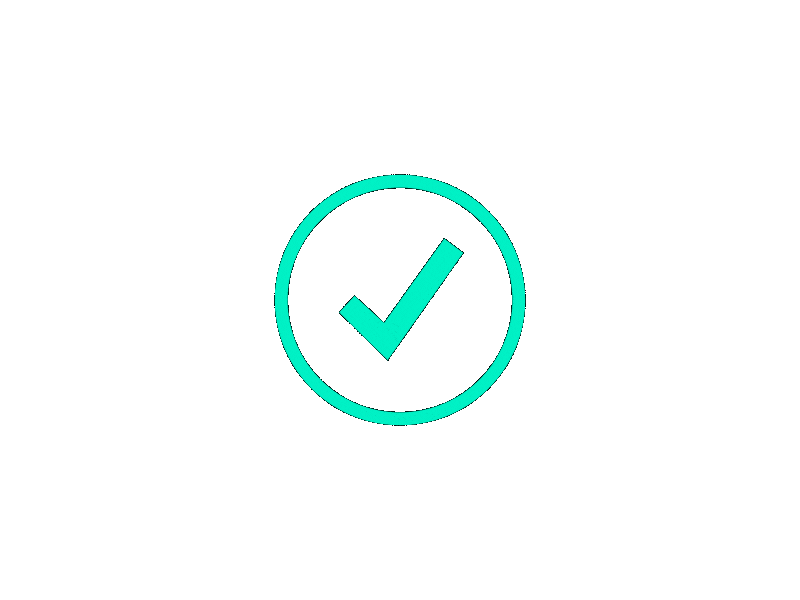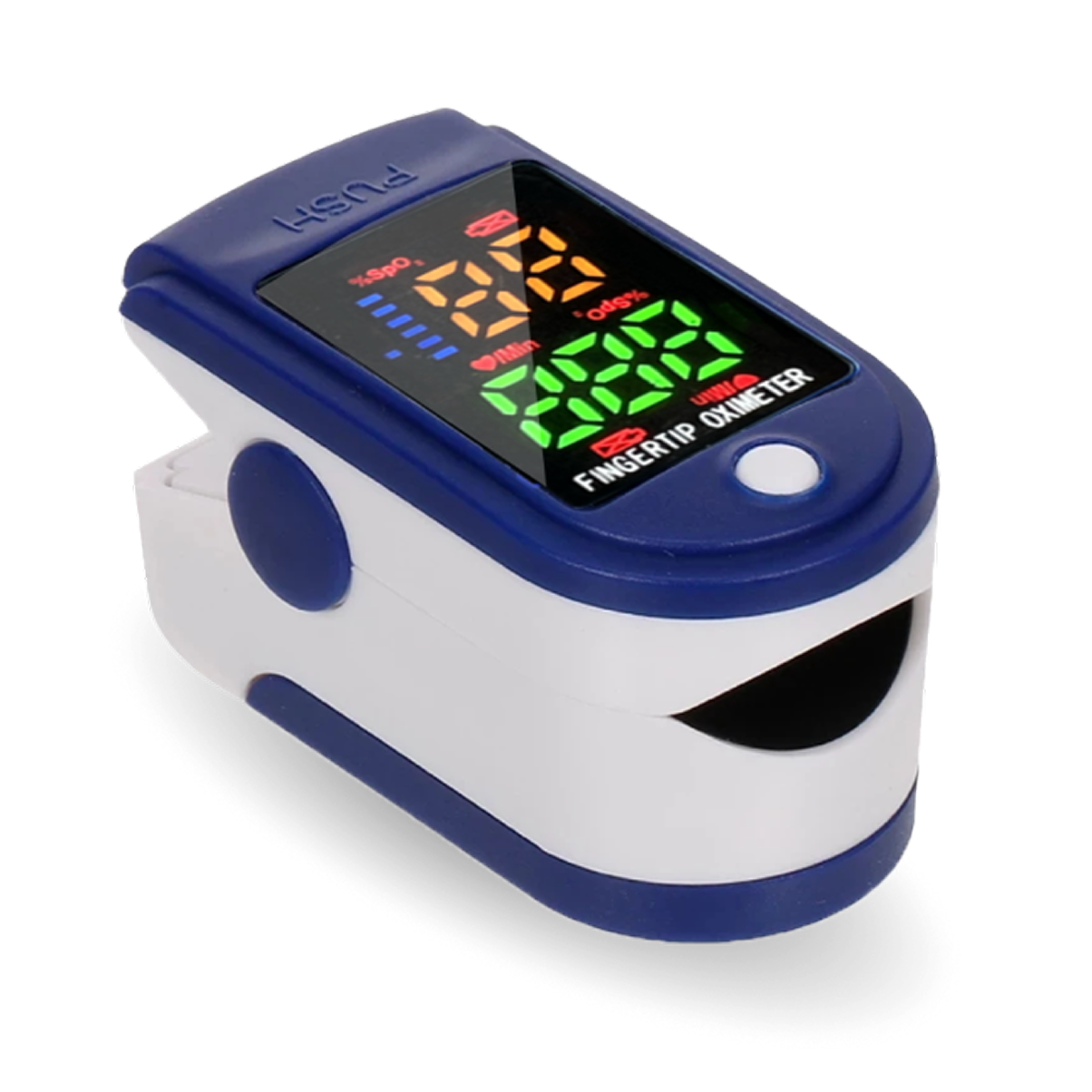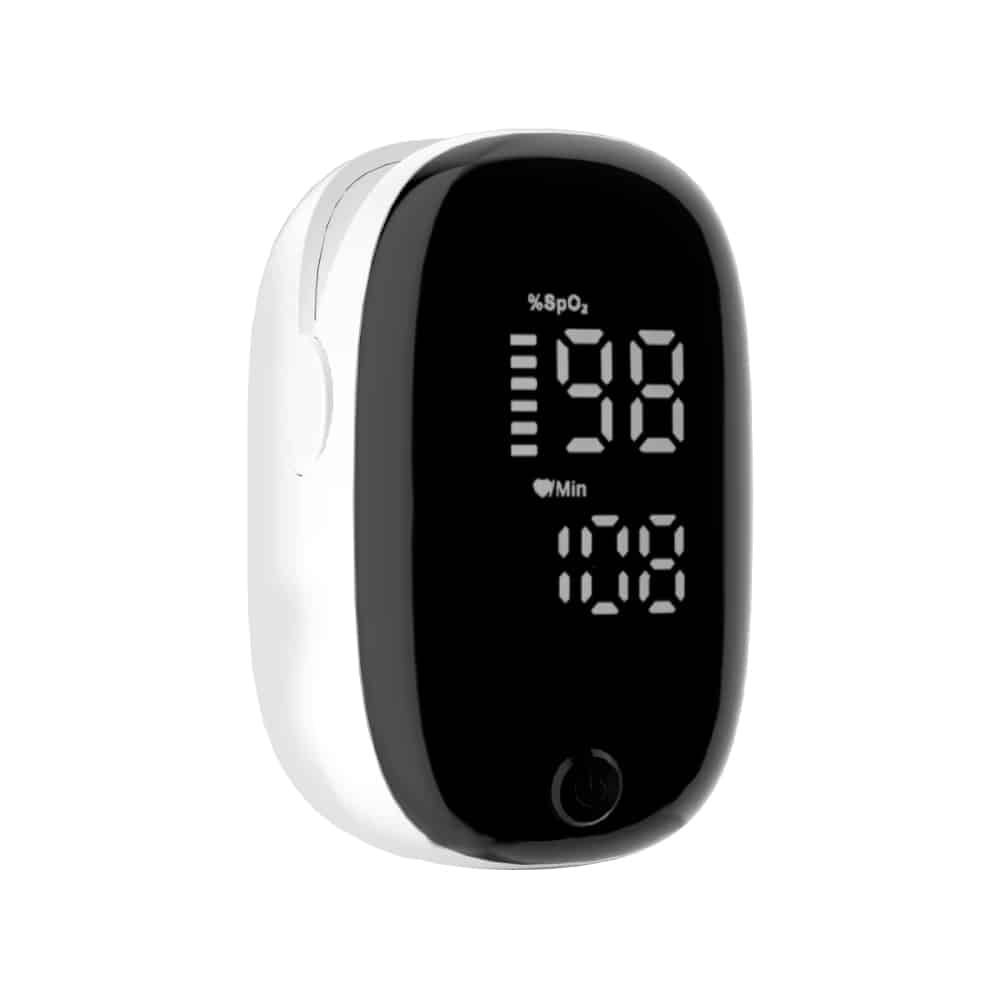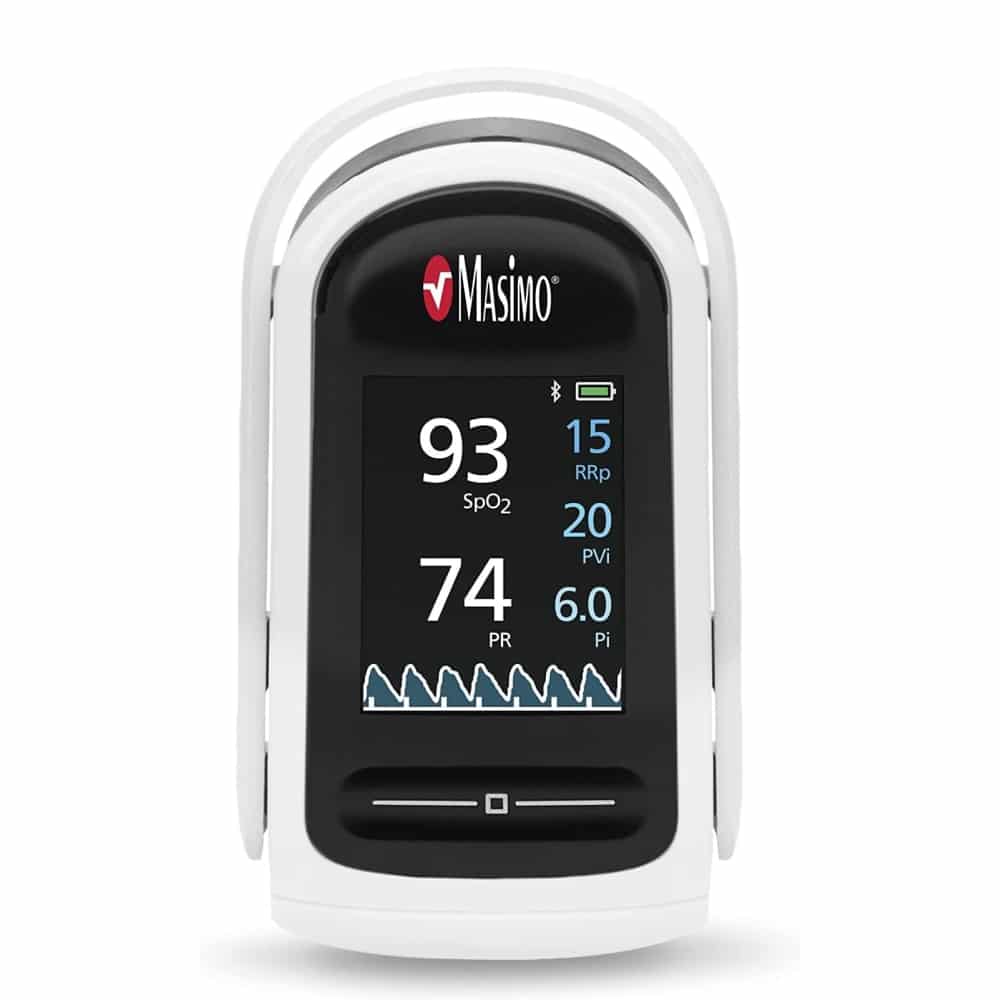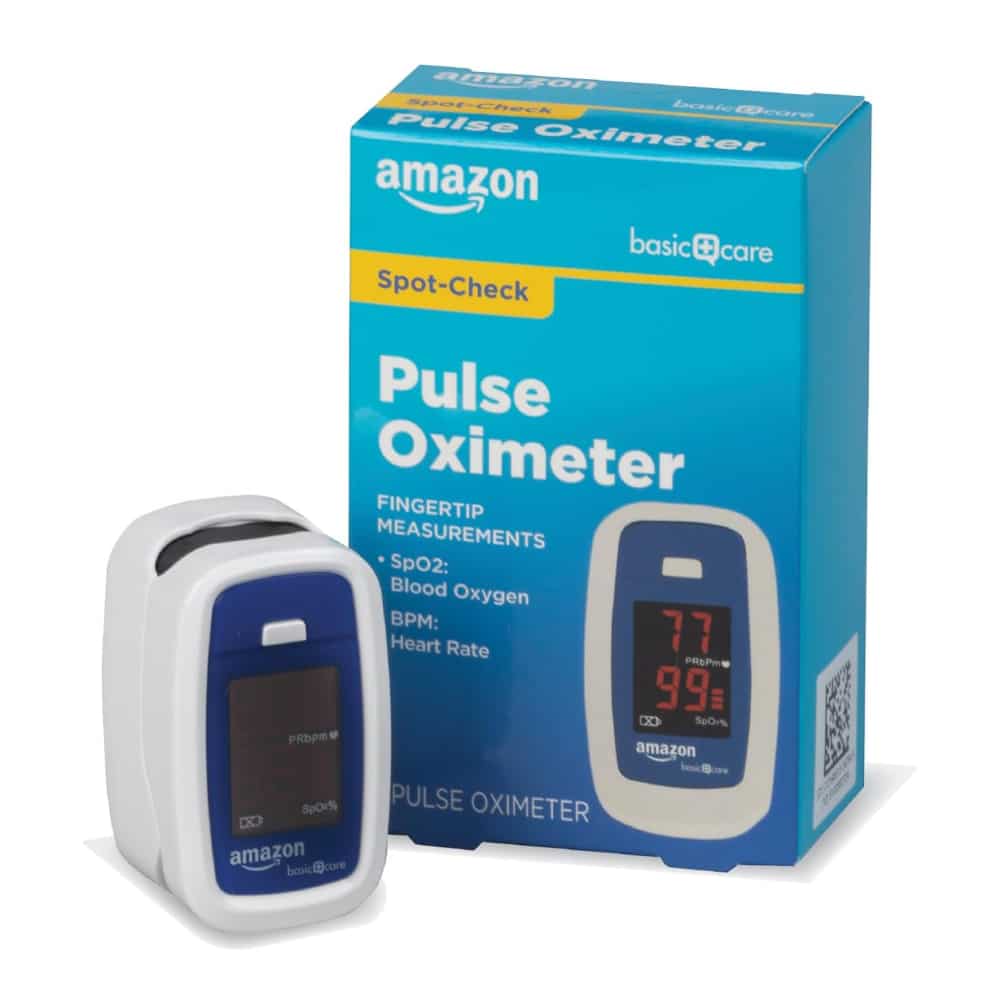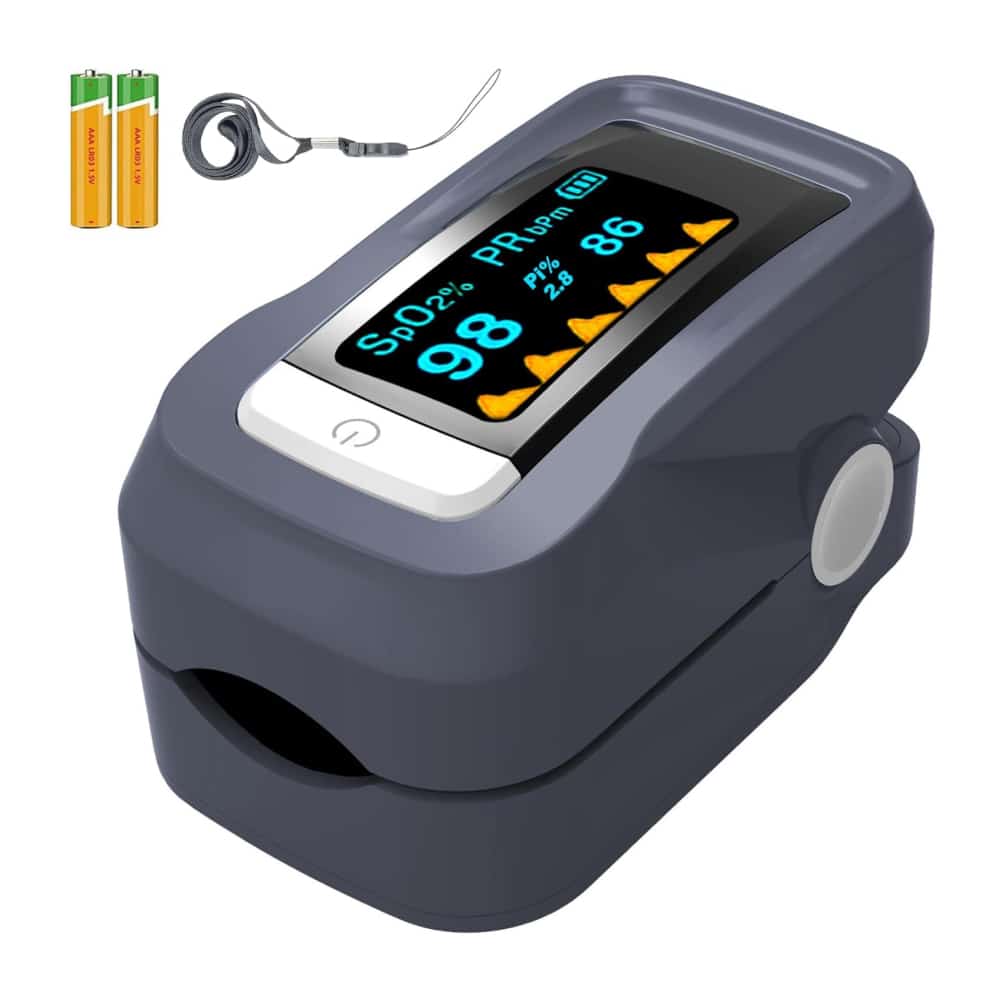Best 5 Pulse Oximeters of 2025: Accurate & Reliable Health Monitoring at Home
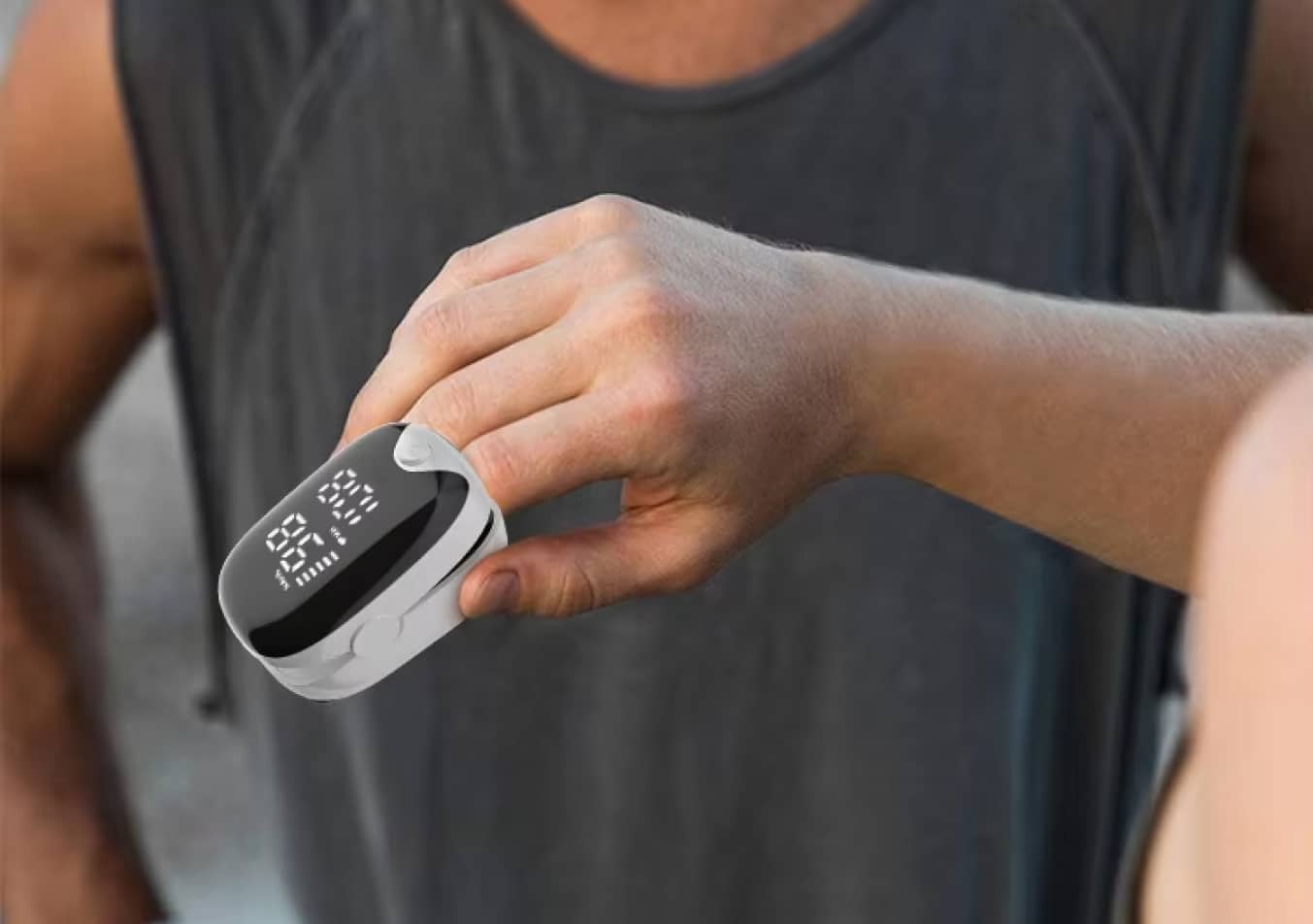
Imagine waking up gasping for air, your chest tight with panic as you struggle to breathe. Your vision blurs, your heart races, but you have no way to know if it's just anxiety or a dangerous oxygen drop. This was my reality before discovering life-saving pulse oximeters.
During a severe asthma attack last winter, I waited 3 hours in ER just to confirm my SpO2 was critically low at 88%. That terrifying night could have been avoided with a simple at-home oximeter - a device that gives instant oxygen level readings like hospitals use.
🩺 Undetected low oxygen causes irreversible organ damage. Yet most people check their phones more often than their vitals! Whether you're managing COPD, recovering from illness, or just health-conscious, real-time oxygen monitoring should be as routine as checking blood pressure.
After testing 32 models, I found shocking differences in accuracy - some budget oximeters showed 95% when hospital-grade devices read 89%! 😱 That's why we've created this comprehensive guide to the only 5 FDA-cleared oximeters worth trusting with your health.
🔍 Discover which models detected early COVID pneumonia for our testers, which stay accurate during movement, and which professional-grade devices cost less than 3 doctor visits. Your next breath matters - let's find your perfect health guardian.

Noah Bishop - Content Specialist

